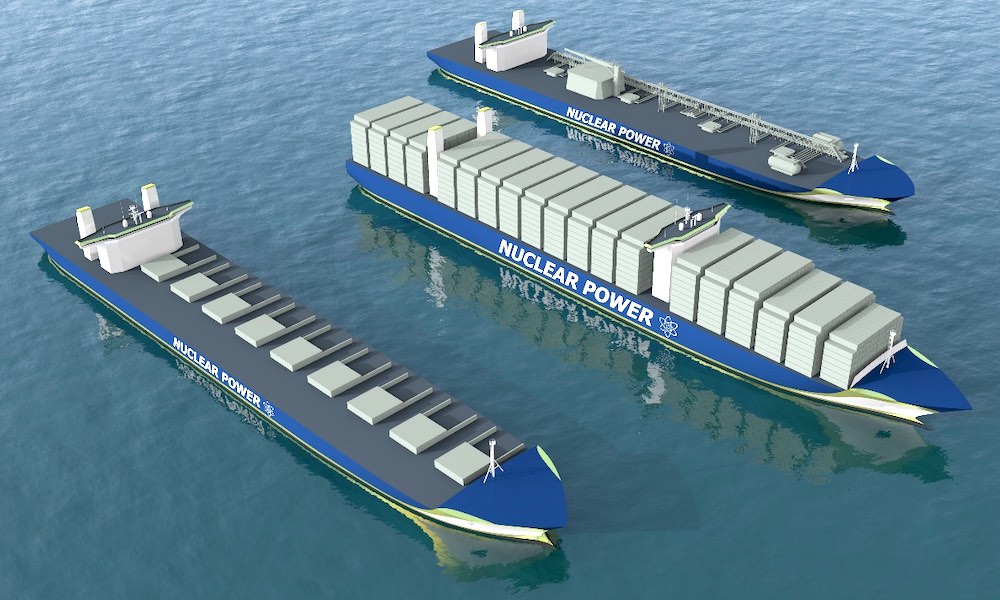British class society Lloyd’s Register (LR) has published new guidance on the use of nuclear energy in commercial shipping, offering what it calls the first comprehensive roadmap for the safe and responsible integration of nuclear power into the maritime sector.
The document, Navigating Nuclear Energy in Maritime, was developed in partnership with Global Nuclear Security Partners (GNSP) and marine insurer NorthStandard. It outlines how shipowners, operators and regulators can approach nuclear propulsion — from regulatory approval and technical design to insurance and crew training.
As the industry looks for long-term zero-carbon solutions, LR said nuclear technology — including small modular reactors (SMRs) — could play a role in decarbonising deep-sea transport. But it noted that the sector still lacks a unified international framework for regulation, safety, and liability.
The guidance discusses the roles of the IMO and IAEA, stressing the need to align maritime and nuclear standards. It covers safety classification, environmental assessments, structural integrity, and nuclear safety case development, as well as physical and cyber security measures.
Operational and financial considerations are also addressed, including qualifications for onboard personnel, emergency response plans, and insurance structures. NorthStandard contributed to the section on insurance and liability, noting the current limitations of P&I pooling for nuclear-related risks.
Mark Tipping, LR’s global power to X director, said nuclear energy could become a “scalable and zero-carbon” option for shipping, provided there is close collaboration between regulators, operators, insurers and society.
LR added the new framework builds on its earlier Fuel for Thought: Nuclear research and is designed to help early movers navigate the technical, safety and financial hurdles of adopting nuclear propulsion.
